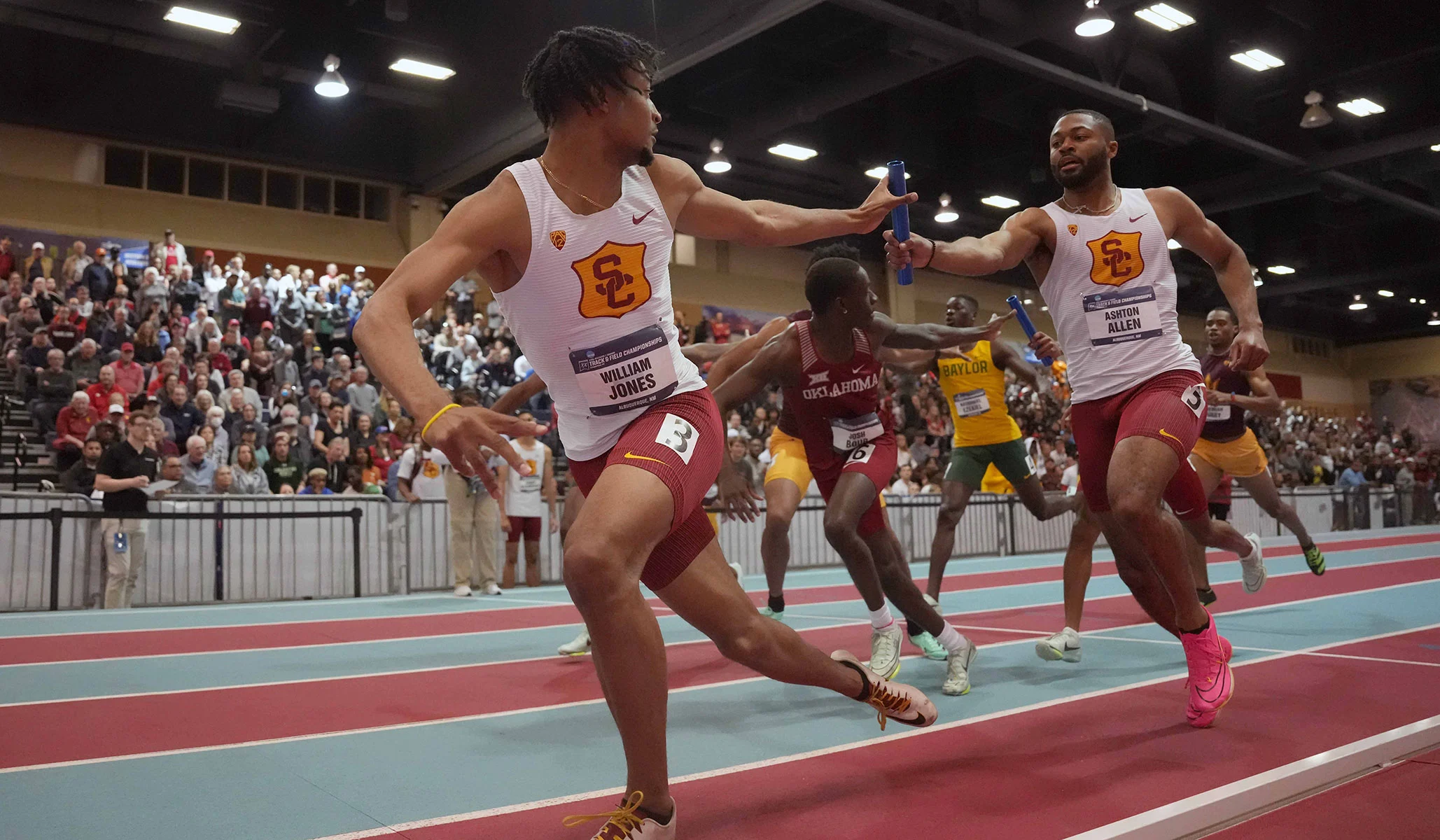As schools nationwide close out one academic year and prepare for the next, state legislatures are grappling with a question that will have significant implications both inside and outside of school walls: Should schools continue to segregate sports based on biological sex or allow students to compete based on their gender identity?
Currently, 22 states, including Missouri, which passed its law this month, have enacted legislation mandating that only those who identify as female can participate in girls’ and women’s sports. While some states, such as Connecticut, are being sued for permitting biological males to compete against females, others, such as West Virginia and Idaho, are facing lawsuits for standing up for women and girls in sports. In West Virginia, for example, the American Civil Liberties Union is representing a young male student who wishes to participate in girls’ sports. However, even at a prepubescent age, does this student have inherent biological advantages?
As an exercise physiologist, I am focused on the biological factors that influence health and human performance. Every system in the body, including the nervous, muscular, cardiovascular, respiratory, and endocrine systems, impacts how individuals adapt to exercise and ultimately perform in sports. However, one of the most significant factors that affects adaptations to training and athletic performance is sex, as it impacts every system and cell in our bodies.
The anatomical and physiological differences between males and females give males athletic advantages when compared to similarly aged, gifted, and trained females, regardless of age. USA Track & Field records show that boys in the eight-and-under and nine-to-ten-year-old age groups run faster, jump longer, and throw farther than girls of the same age in every event. Evaluations of fitness testing from around the world, involving children as young as three years old, demonstrate that boys outperform girls of the same age on tests of throwing, muscular strength, muscular endurance, and aerobic fitness. While prepubertal sex-based differences are smaller than those after puberty, they are still meaningful in competition.
Puberty magnifies the sex-based differences in performance, with teenage boys and adult men outperforming girls and women by 10–15 percent in running, 15–20 percent in jumping, and 30–60 percent in strength. None of this is due to superior training, nutrition, coaching, or motivation. Males have inherent biological advantages, such as taller body height, more lean body mass, more muscle mass, greater muscle strength, larger hearts and lungs, higher maximal oxygen consumption, and stronger bones than similarly aged, gifted, and trained females.
Research shows that even after a male has undergone hormone therapy, the biological advantages remain more prominent than those of similarly aged and trained women. Men have 30–60 percent higher muscle strength than women, and testosterone suppression decreases that strength by only 0–9 percent. This is a far cry from an even playing field, even for the strongest female athletes.
While some women may be taller, stronger, and faster than some men, the tallest women are shorter than the tallest men, the most muscular men have significantly more muscle mass than the most muscular women, the strongest men are much stronger than the strongest women, and the fastest men are much faster than the fastest women. When comparing similarly aged, gifted, and trained males and females, the males’ inherent biological advantages tip the playing field unalterably in their favor.
A blood test, CT scan, MRI, genetic screening, or any other standard or specialized laboratory test cannot determine a person’s transgender identity. Therefore, if a male identifies as a girl or woman, biological sex is still present, and it is reasonable to conclude that he still has inherent male athletic advantages. According to information from four different scholarly review papers by four different groups of scholars, separate reviews conducted by World Rugby, FINA, World Athletics, and the Sports Councils of the United Kingdom, and 27 peer-reviewed primary-research papers from many different research groups worldwide, identifying as transgender, with or without the use of puberty blockers, testosterone suppression, and/or cross-sex hormones, does not erase the inherent male athletic advantages.
Many of these truths have been articulated in legal briefs and expert declarations filed in lawsuits around the country to protect women’s sports, including one heard by the Second Circuit Court of Appeals on June 6, in which I submitted a declaration. My hope is that the judges who will determine these cases will fully consider the clear biological evidence in favor of fairness for women and girls in sports.
This statement is from the author and does not represent an official statement from the University of Nebraska at Kearney.

